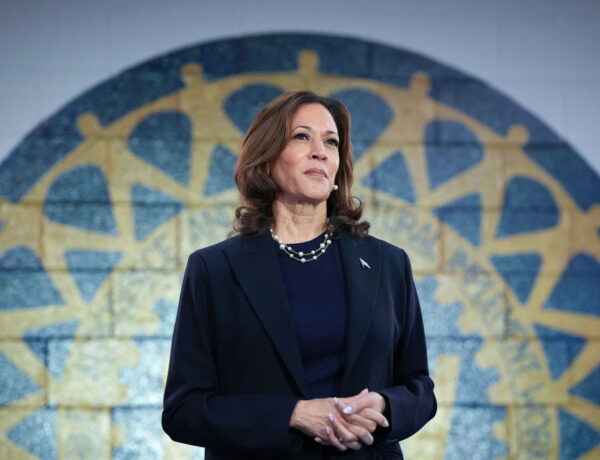
Investing $30,000 annually is a substantial commitment that can lead to significant wealth accumulation over time. Whether you’re saving for retirement, a large purchase, or financial independence, a $30,000 yearly investment has the potential to yield impressive returns. However, determining if this amount is “good” depends on various factors, including your financial goals, income level, investment strategy, and risk tolerance. Here’s a breakdown of what makes investing $30,000 a year effective and what to consider in order to maximize your investment strategy.
Potential Growth of a $30,000 Annual Investment
To understand the impact of investing $30,000 a year, let’s consider some hypothetical growth scenarios. If you invest $30,000 annually and earn an average return of 7% per year (a common historical average for the stock market), your investments would grow to around $1.02 million over 20 years. Over 30 years, the total could reach approximately $2.85 million, thanks to the power of compound interest. This means that, with a steady investment strategy and sufficient time, you could potentially amass a substantial nest egg.
These figures underscore the importance of consistency. By making regular investments, you leverage dollar-cost averaging, reducing the risk of market volatility and increasing the chances of long-term growth.
How $30,000 Fits Into Your Financial Picture
Whether $30,000 a year is a “good” investment amount depends on your individual circumstances. Ideally, your investments should be aligned with your income, expenses, and financial priorities. If investing $30,000 doesn’t strain your budget and allows you to cover necessary expenses and emergency savings, it’s a smart move. However, if allocating $30,000 annually impacts your ability to meet other financial obligations, it may be worth re-evaluating to avoid potential financial strain.
Balancing Financial Goals and Investment Strategy
A $30,000 yearly investment can be a powerful wealth-building tool, but it’s important to consider how this fits into your other financial goals. Ensure that you’re also saving for an emergency fund, managing debt, and planning for major purchases or life events. Diversifying your investments—such as through stocks, bonds, real estate, or retirement accounts—can also help balance your portfolio and optimize long-term returns.
For example, contributing to tax-advantaged accounts like a 401(k) or IRA is generally recommended before placing funds in taxable investment accounts, as these accounts provide tax benefits that can enhance your overall returns. Diversifying between account types and asset classes can also minimize risk and improve your investment resilience.
Is $30,000 a Year Enough?
The question of whether $30,000 annually is “enough” depends on your financial goals and timeline. If you’re aiming for a comfortable retirement, investing $30,000 each year could be more than sufficient, depending on when you start. Starting in your 20s or 30s gives your investments more time to grow through compound interest, meaning you may reach your financial goals with less total investment. However, if you start investing later in life or have a higher financial target, you may need to adjust your contributions or seek higher-return investments.
Final Thoughts: The Value of Consistent Investment
Investing $30,000 a year can certainly be a “good” strategy, especially if it’s sustainable and aligns with your financial goals. The key is to remain consistent, stay informed, and make adjustments as needed based on your life circumstances and market conditions. By thoughtfully managing this annual investment, you can make significant progress toward financial security and wealth-building over time.




